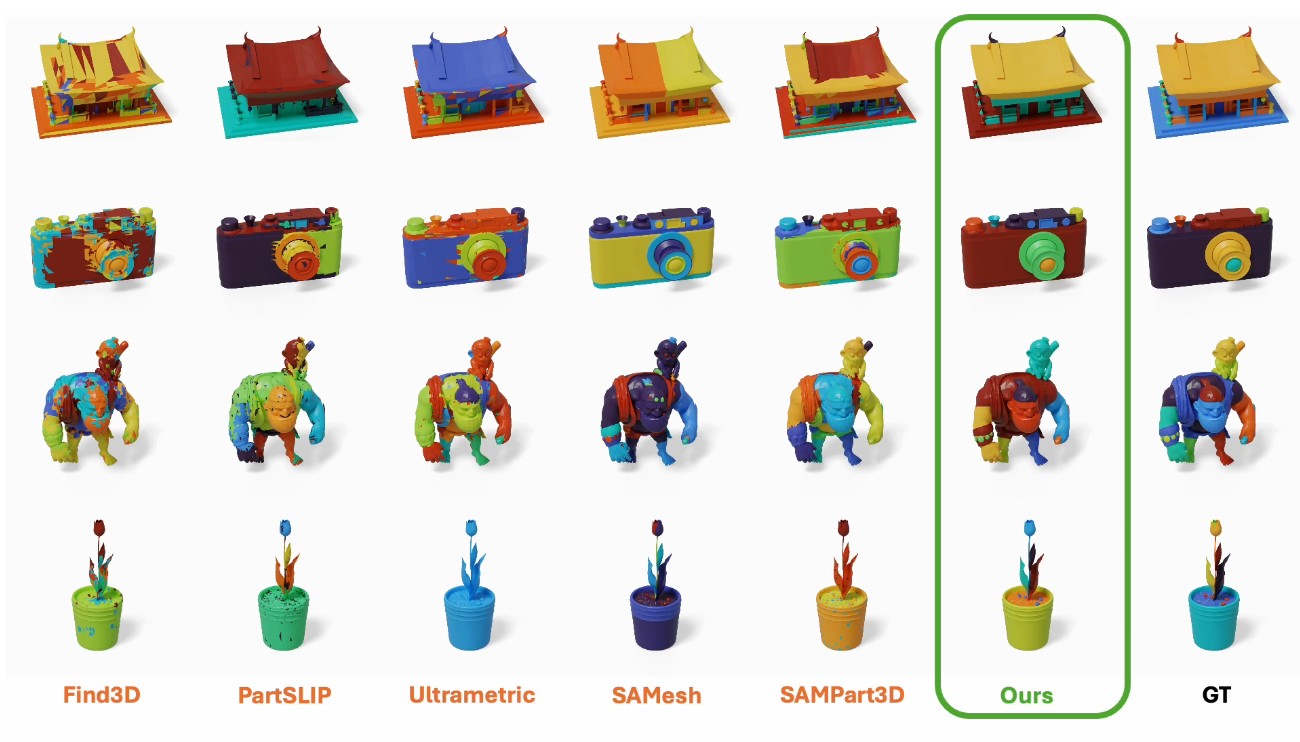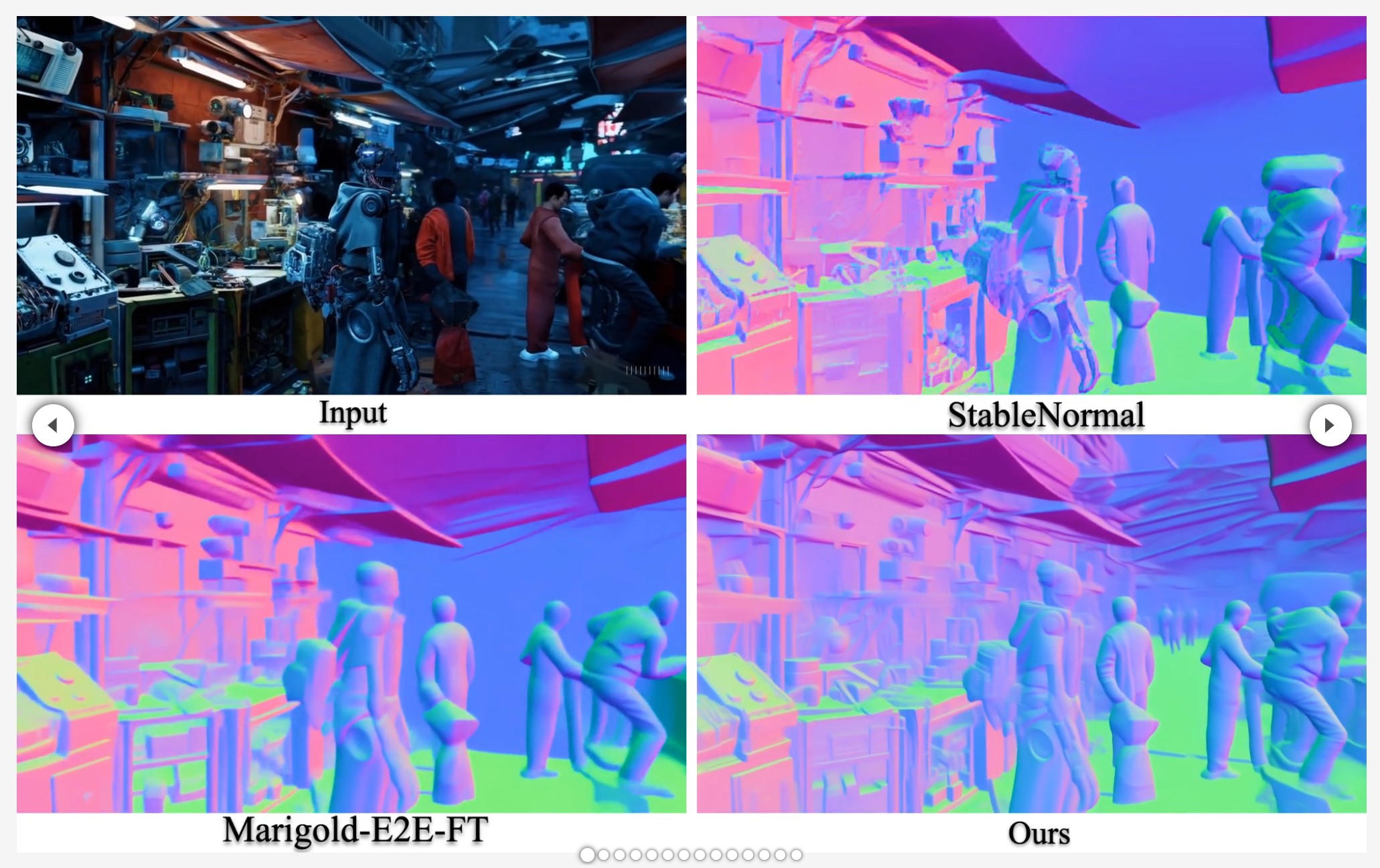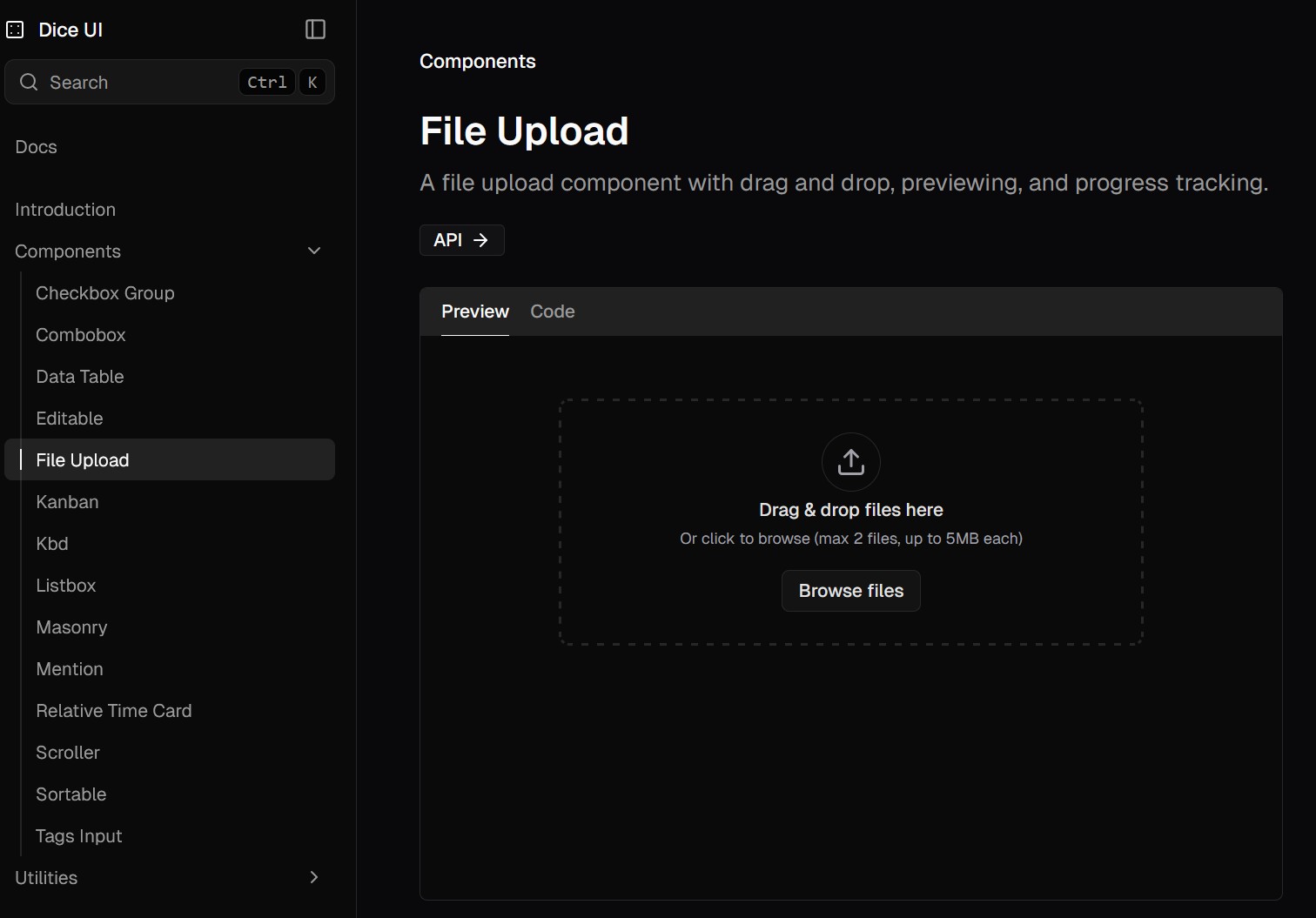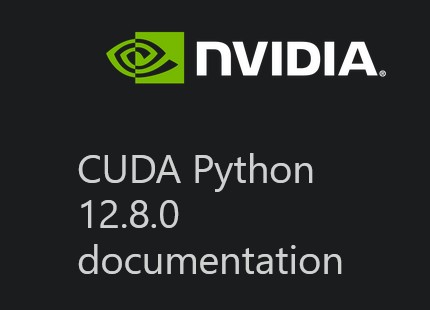-
Florent Poux – Top 10 Open Source Libraries and Software for 3D Point Cloud Processing
As point cloud processing becomes increasingly important across industries, I wanted to share the most powerful open-source tools I’ve used in my projects:
1️⃣ Open3D (http://www.open3d.org/)
The gold standard for point cloud processing in Python. Incredible visualization capabilities, efficient data structures, and comprehensive geometry processing functions. Perfect for both research and production.
2️⃣ PCL – Point Cloud Library (https://pointclouds.org/)
The C++ powerhouse of point cloud processing. Extensive algorithms for filtering, feature estimation, surface reconstruction, registration, and segmentation. Steep learning curve but unmatched performance.
3️⃣ PyTorch3D (https://pytorch3d.org/)
Facebook’s differentiable 3D library. Seamlessly integrates point cloud operations with deep learning. Essential if you’re building neural networks for 3D data.
4️⃣ PyTorch Geometric (https://lnkd.in/eCutwTuB)
Specializes in graph neural networks for point clouds. Implements cutting-edge architectures like PointNet, PointNet++, and DGCNN with optimized performance.
5️⃣ Kaolin (https://lnkd.in/eyj7QzCR)
NVIDIA’s 3D deep learning library. Offers differentiable renderers and accelerated GPU implementations of common point cloud operations.
6️⃣ CloudCompare (https://lnkd.in/emQtPz4d)
More than just visualization. This desktop application lets you perform complex processing without writing code. Perfect for quick exploration and comparison.
7️⃣ LAStools (https://lnkd.in/eRk5Bx7E)
The industry standard for LiDAR processing. Fast, scalable, and memory-efficient tools specifically designed for massive aerial and terrestrial LiDAR data.
8️⃣ PDAL – Point Data Abstraction Library (https://pdal.io/)
Think of it as “GDAL for point clouds.” Powerful for building processing pipelines and handling various file formats and coordinate transformations.
9️⃣ Open3D-ML (https://lnkd.in/eWnXufgG)
Extends Open3D with machine learning capabilities. Implementations of state-of-the-art 3D deep learning methods with consistent APIs.
🔟 MeshLab (https://www.meshlab.net/)
The Swiss Army knife for mesh processing. While primarily for meshes, its point cloud processing capabilities are excellent for cleanup, simplification, and reconstruction.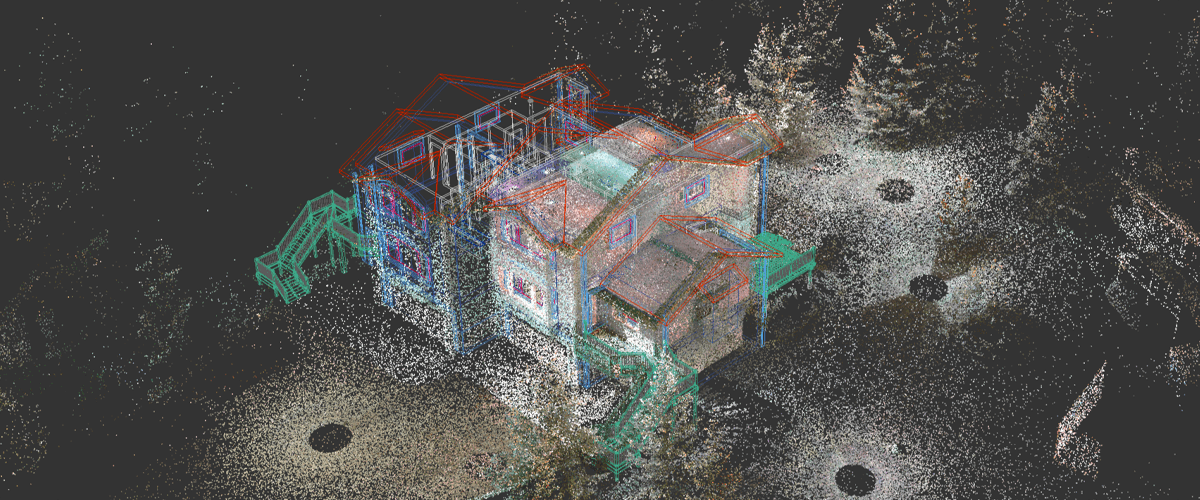
-
Comfy-Org comfy-cli – A Command Line Tool for ComfyUI
https://github.com/Comfy-Org/comfy-cli
comfy-cli is a command line tool that helps users easily install and manage ComfyUI, a powerful open-source machine learning framework. With comfy-cli, you can quickly set up ComfyUI, install packages, and manage custom nodes, all from the convenience of your terminal.
C:\<PATH_TO>\python.exe -m venv C:\comfyUI_cli_install cd C:\comfyUI_env C:\comfyUI_env\Scripts\activate.bat C:\<PATH_TO>\python.exe -m pip install comfy-cli comfy --workspace=C:\comfyUI_env\ComfyUI install # then comfy launch # or comfy launch -- --cpu --listen 0.0.0.0If you are trying to clone a different install, pip freeze it first. Then run those requirements.
# from the original env python.exe -m pip freeze > M:\requirements.txt # under the new venv env pip install -r M:\requirements.txt -
ComfyDeploy – A way for teams to use ComfyUI and power apps
https://www.comfydeploy.com/docs/v2/introduction
1 – Import your workflow
2 – Build a machine configuration to run your workflows on
3 – Download models into your private storage, to be used in your workflows and team.
4 – Run ComfyUI in the cloud to modify and test your workflows on cloud GPUs
5 – Expose workflow inputs with our custom nodes, for API and playground use
6 – Deploy APIs
7 – Let your team use your workflows in playground without using ComfyUI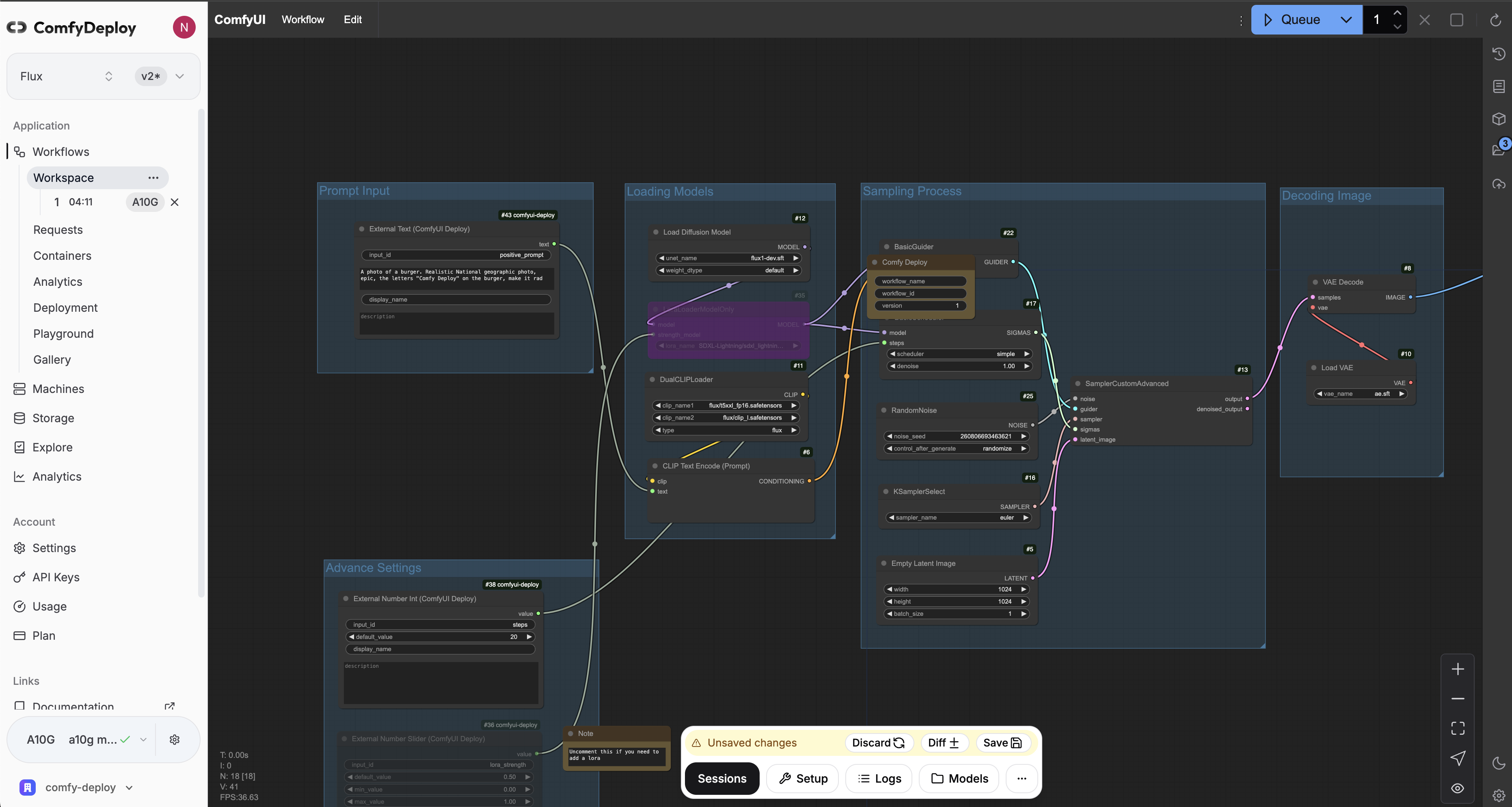
-
Anthropic Economic Index – Insights from Claude 3.7 Sonnet on AI future prediction
https://www.anthropic.com/news/anthropic-economic-index-insights-from-claude-sonnet-3-7
As models continue to advance, so too must our measurement of their economic impacts. In our second report, covering data since the launch of Claude 3.7 Sonnet, we find relatively modest increases in coding, education, and scientific use cases, and no change in the balance of augmentation and automation. We find that Claude’s new extended thinking mode is used with the highest frequency in technical domains and tasks, and identify patterns in automation / augmentation patterns across tasks and occupations. We release datasets for both of these analyses.
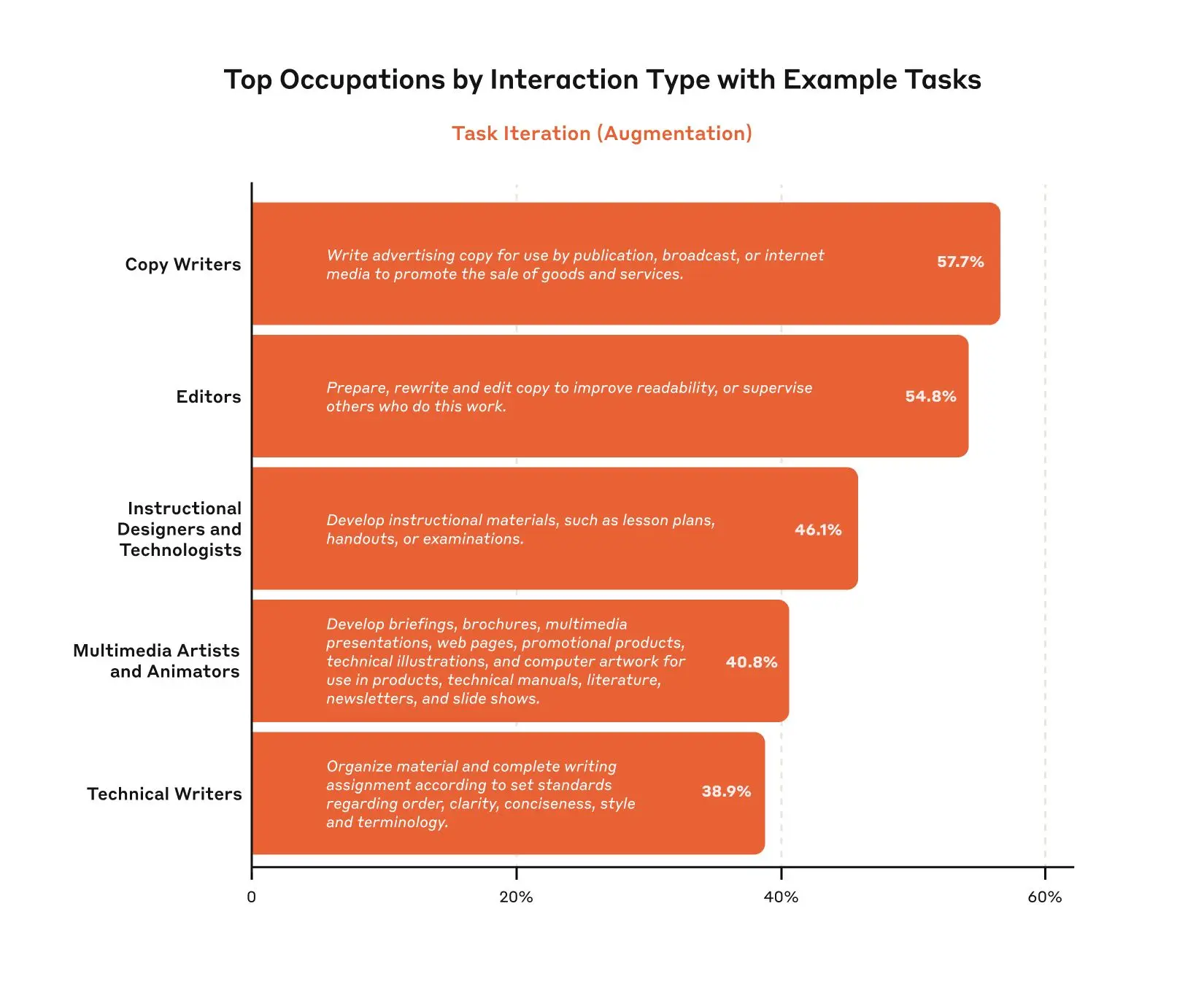
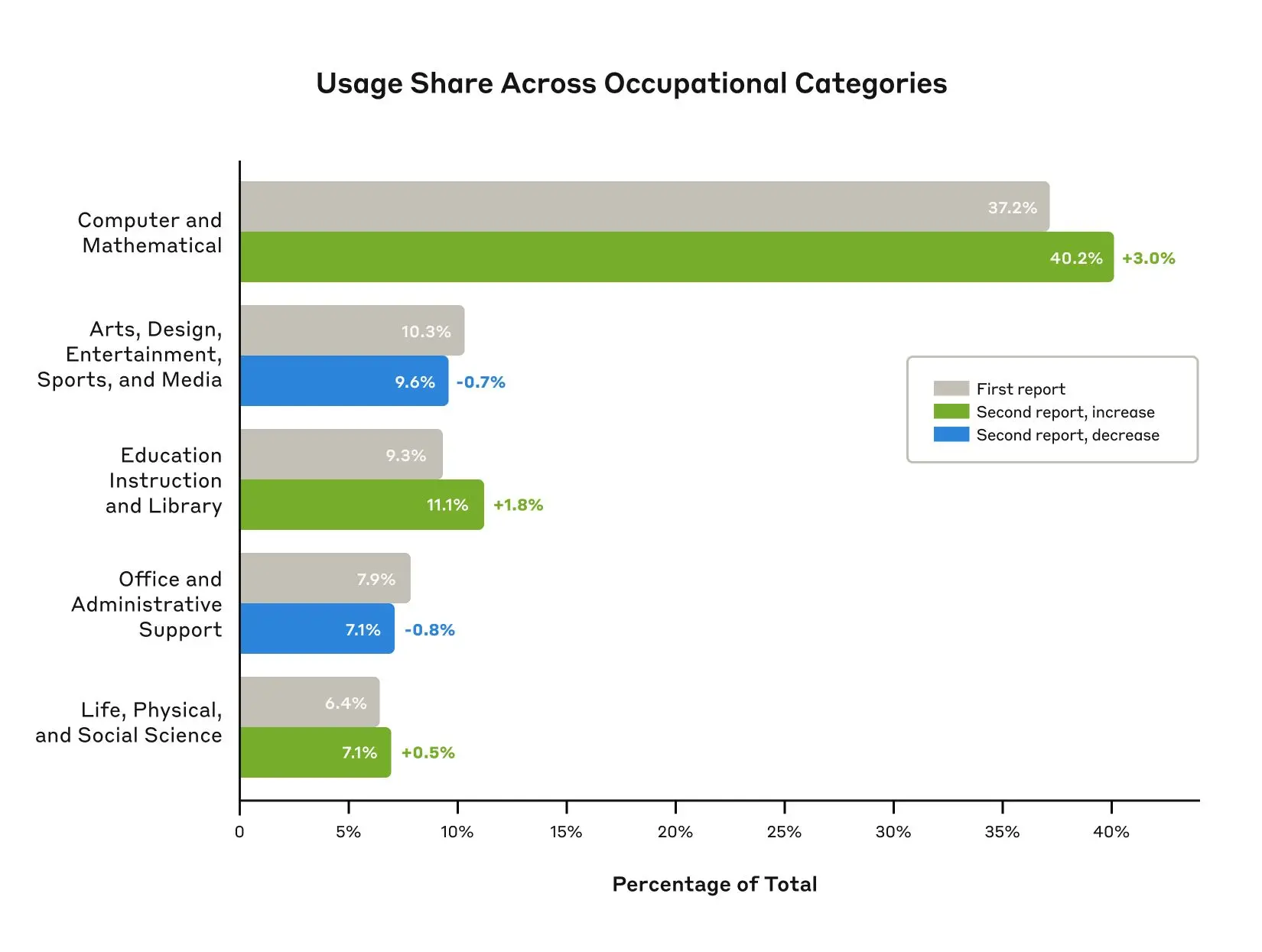
-
Segment Any Motion in Videos
https://github.com/nnanhuang/SegAnyMo
Overview of Our Pipeline. We take 2D tracks and depth maps generated by off-the-shelf models as input, which are then processed by a motion encoder to capture motion patterns, producing featured tracks. Next, we use tracks decoder that integrates DINO feature to decode the featured tracks by decoupling motion and semantic information and ultimately obtain the dynamic trajectories(a). Finally, using SAM2, we group dynamic tracks belonging to the same object and generate fine-grained moving object masks(b).
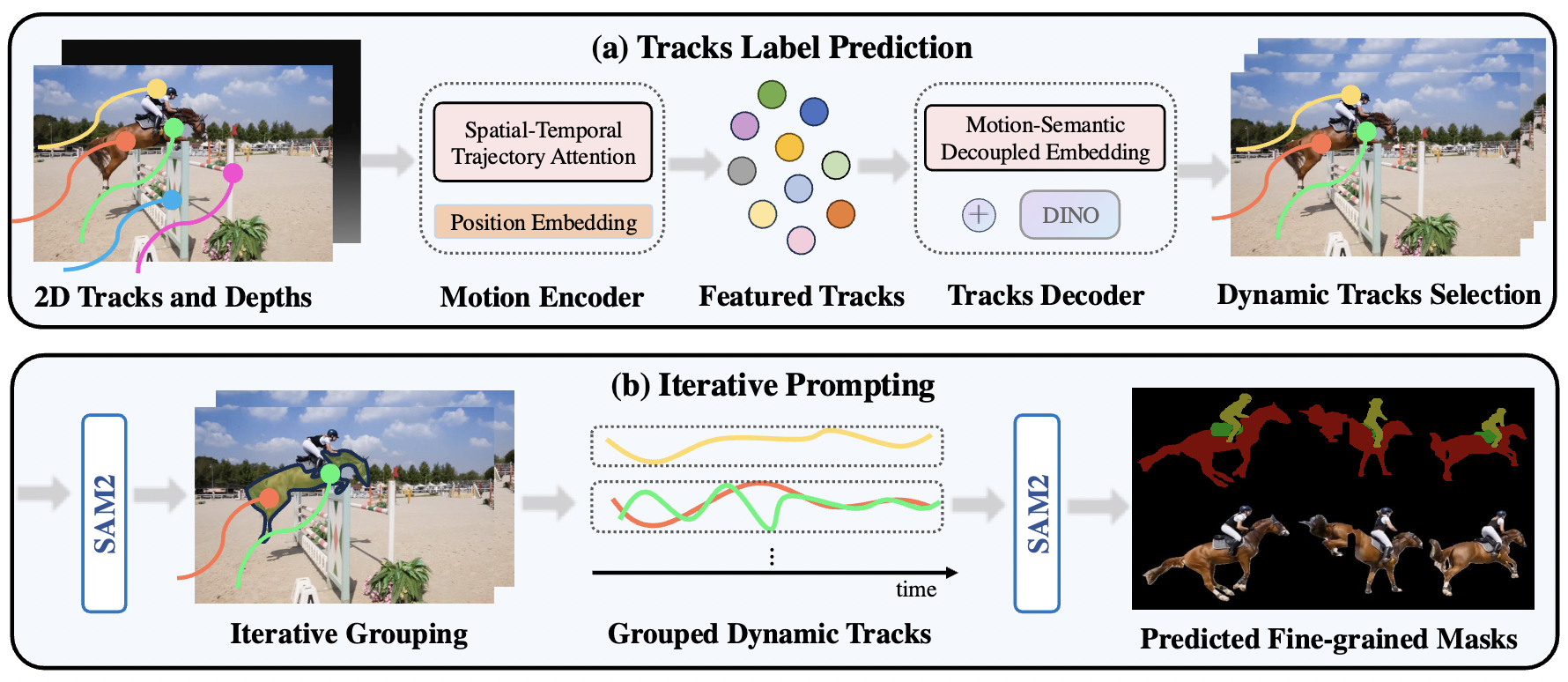
-
HoloPart -Generative 3D Models Part Amodal Segmentation
https://vast-ai-research.github.io/HoloPart
https://huggingface.co/VAST-AI/HoloPart
https://github.com/VAST-AI-Research/HoloPart
Applications:
– 3d printing segmentation
– texturing segmentation
– animation segmentation
– modeling segmentation
-
The Diary Of A CEO – A talk with Dr. Bessel Van Der Kolk described as “perhaps the most influential psychiatrist of the 21st century”
– Why traumatic memories are not like normal memories?
– What it was like working in a mental asylum.
– Does childhood trauma impact us permanently?
– Can yoga reverse deep past trauma? -
AI 2027 – Predicting the impact of superhuman AI over the next decade
We predict that the impact of superhuman AI over the next decade will be enormous, exceeding that of the Industrial Revolution.
We wrote a scenario that represents our best guess about what that might look like.1 It’s informed by trend extrapolations, wargames, expert feedback, experience at OpenAI, and previous forecasting successes.
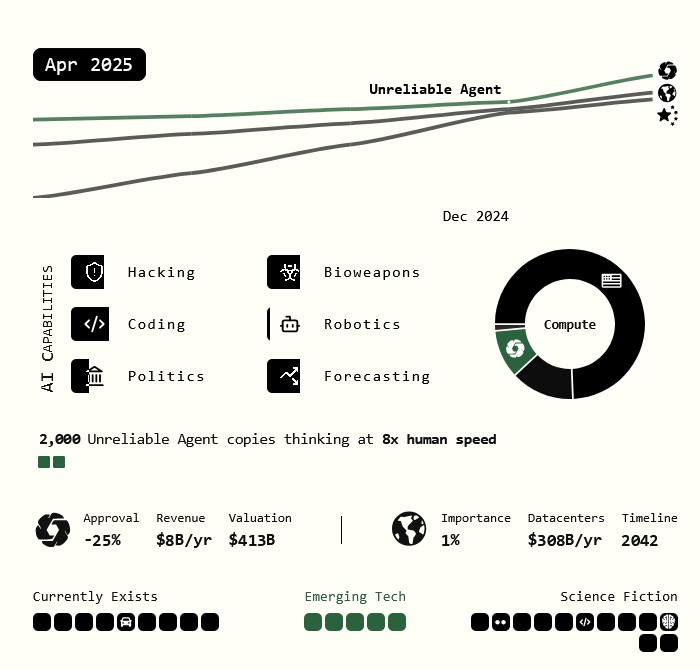
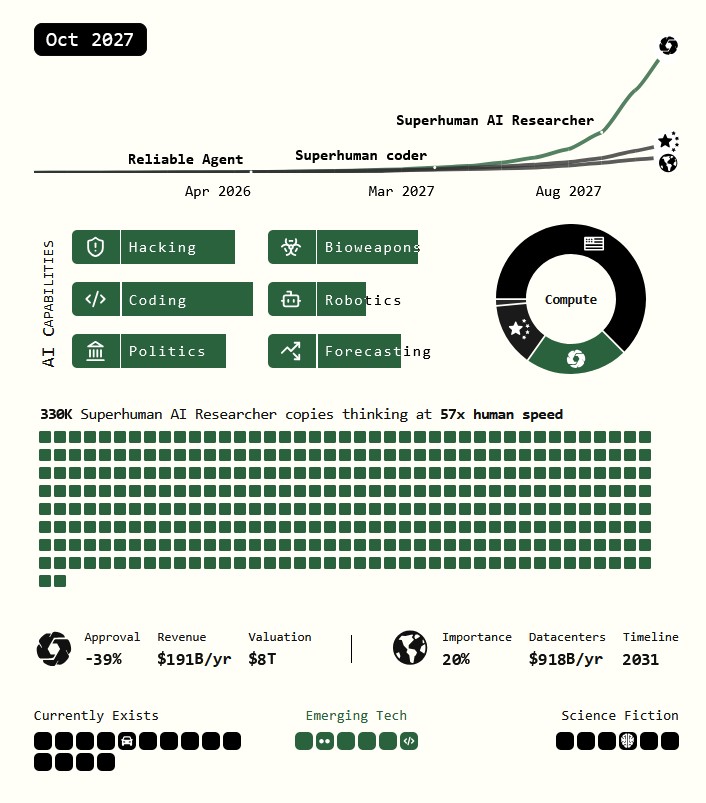
-
HuggingFace – AI Agents Course
https://huggingface.co/learn/agents-course/en/unit0/introduction
In this course, you will:
- 📖 Study AI Agents in theory, design, and practice.
- 🧑💻 Learn to use established AI Agent libraries such as smolagents, LlamaIndex, and LangGraph.
- 💾 Share your agents on the Hugging Face Hub and explore agents created by the community.
- 🏆 Participate in challenges where you will evaluate your agents against other students’.
- 🎓 Earn a certificate of completion by completing assignments.
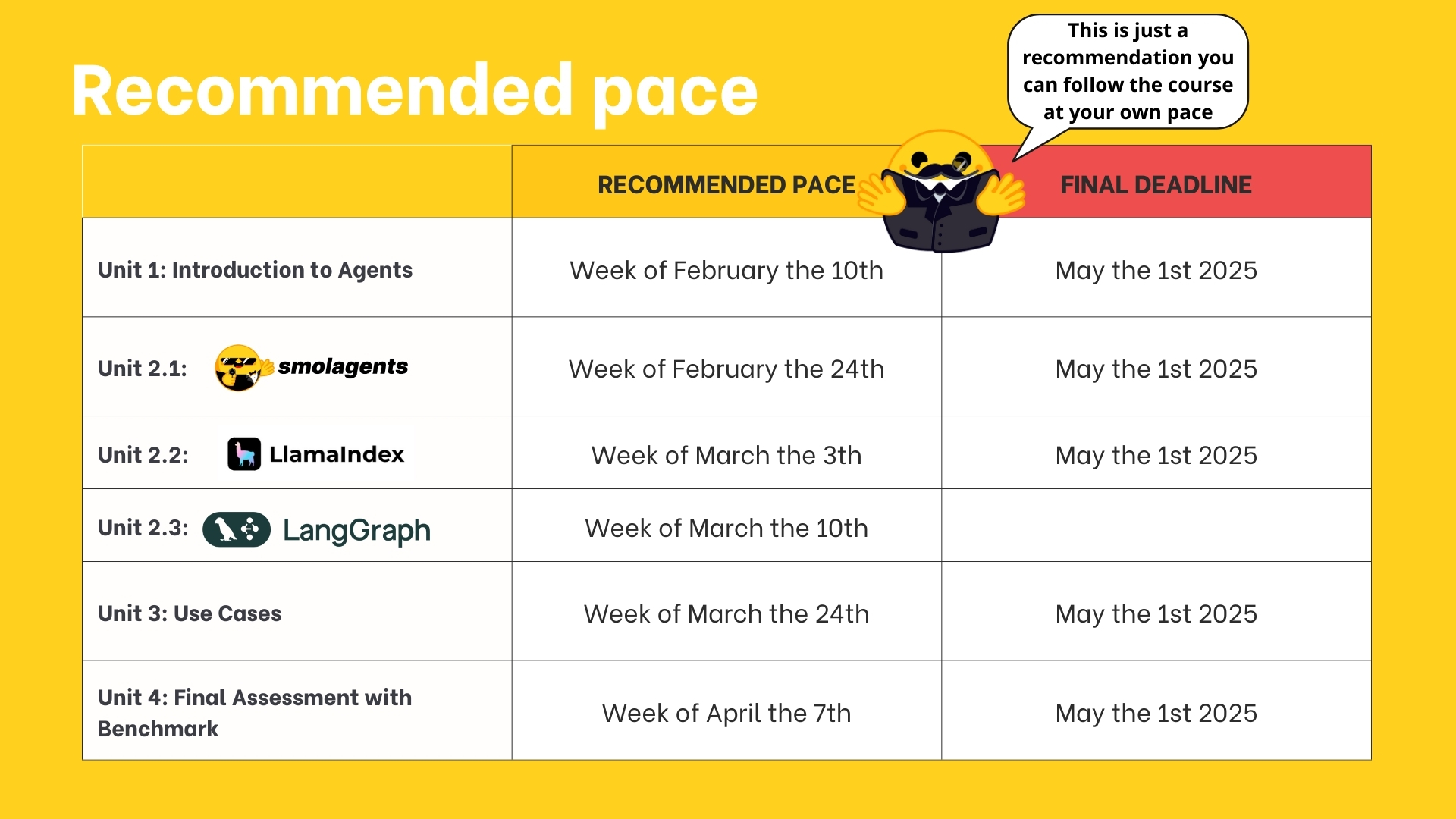
-
The best music management software for PC, Android and iOS
https://audials.com/en/apps/manage-music?utm_source=chatgpt.com
https://umatechnology.org/the-best-free-music-management-tools-for-organizing-your-mp3s
- Audials Play
- Media Monkey
- Musicbee
- AIMP
- Mp3tag
- Helium
- MusicBrainz Picard
- iTunes
- Magix MP3 Deluxe 19
- Foobar 2000
- Clementine
- Tuneup Media
- Organize Your Music
- Musicnizer
- Bliss
- Music Connect
- VLC Media Player
- TagScanner
- Greenify
- KeepVid Music

COLLECTIONS
| Featured AI
| Design And Composition
| Explore posts
POPULAR SEARCHES
unreal | pipeline | virtual production | free | learn | photoshop | 360 | macro | google | nvidia | resolution | open source | hdri | real-time | photography basics | nuke
FEATURED POSTS
-
Types of AI Explained in a few Minutes – AI Glossary
-
Advanced Computer Vision with Python OpenCV and Mediapipe
-
Animation/VFX/Game Industry JOB POSTINGS by Chris Mayne
-
Image rendering bit depth
-
RawTherapee – a free, open source, cross-platform raw image and HDRi processing program
-
Photography basics: Production Rendering Resolution Charts
-
What’s the Difference Between Ray Casting, Ray Tracing, Path Tracing and Rasterization? Physical light tracing…
-
Guide to Prompt Engineering
Social Links
DISCLAIMER – Links and images on this website may be protected by the respective owners’ copyright. All data submitted by users through this site shall be treated as freely available to share.






